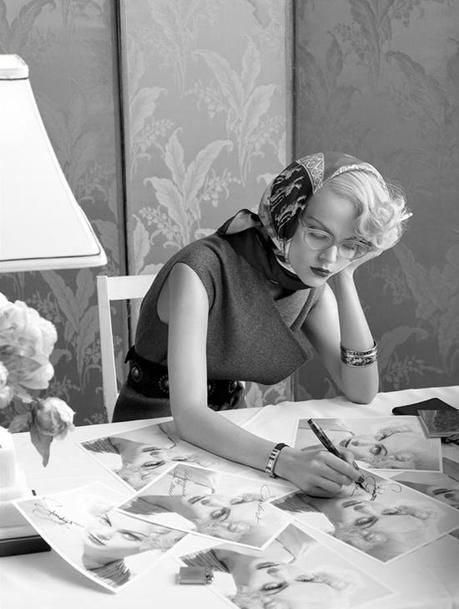
.jpg)
More than any other photographic genre, Fashion Photography blurs the line between art and commerce.Unapologetically commercial, it had been reduced to 'only advertising.' And, until recently - that is until it started appearing in galleries - it was considered to be ephemeral." Indeed, Shinkle observed that apart from "a handful of exceptions, there was a real reluctance amongst scholars to engage with in a serious way.


By the 21 st century, however, art historians, scholars, and leading art institutions have come around to the idea that Fashion Photography deserves to rank as a branch of fine art photography. Since it is informed by high art, popular culture and societal views of gender, self-image, and sexuality, Fashion Photography is seen as, in the words of art historian Eugenie Shinkle, "a most fantastic barometer of the time." Historically, Fashion Photography was regarded as ephemeral and commercial, with gallery and museum exhibition space only granted to those special fashion photographers who also happened to be established artists. Fashion photographs accentuate the fashion designer's brand - or their "look" - which is typically expressed as an attitude or concept (and may not feature the clothes or accessories at all). Not a movement as such, fashion photography is perhaps best described as a branch of fine art photography that focuses exclusively on the promotion of haute couture.


 0 kommentar(er)
0 kommentar(er)
